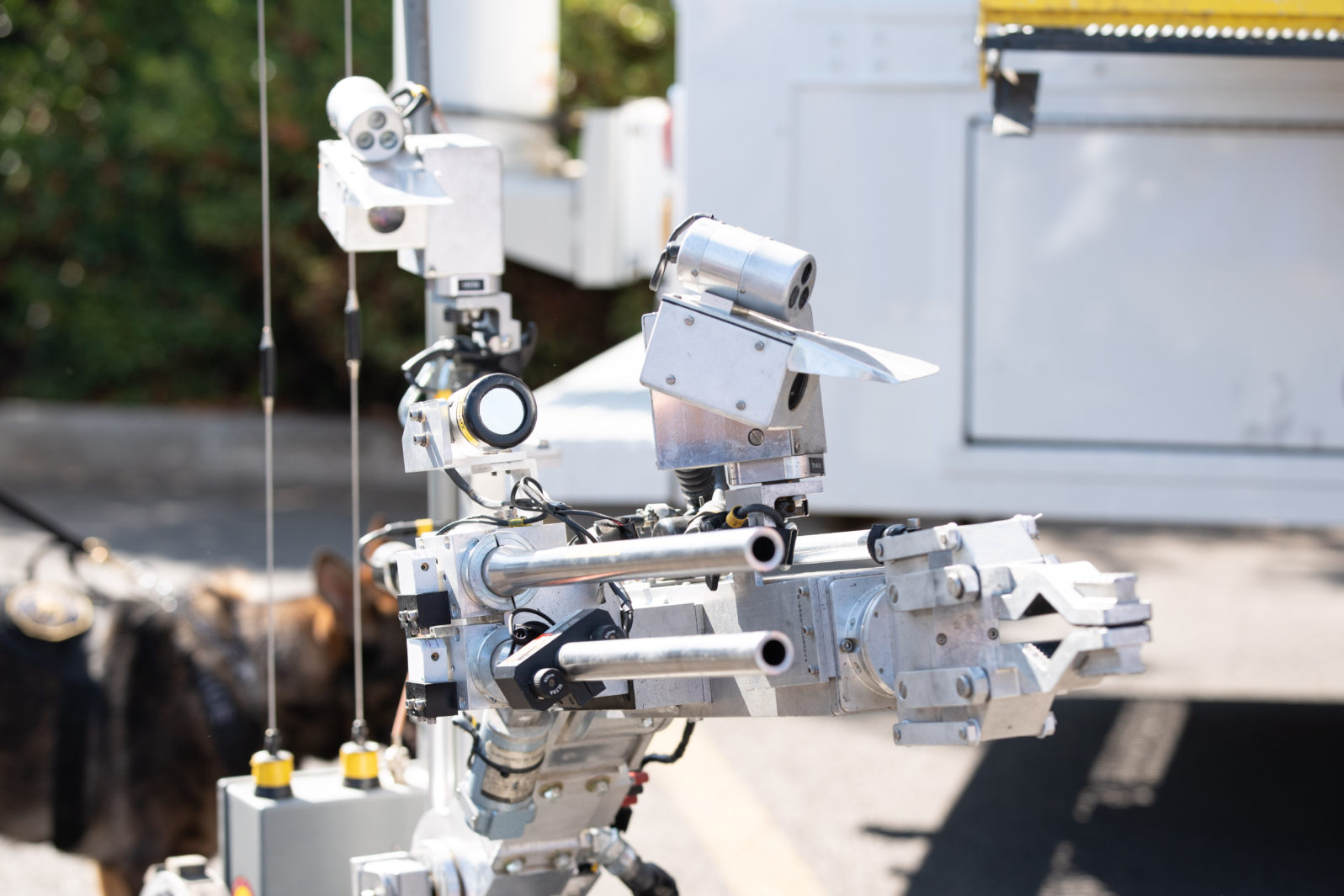How San Francisco’s Gun Fears Prevented Lifesaving Innovation
Killer robots in law enforcement would reduce the death toll but they are a bridge too far for many politiciansIn November, 2022, San Francisco voted to allow police to deploy killer robots. Less than a month later, the city reversed their decision.
Initially, in an 8-3 vote, San Francisco’s Board of Supervisors allowed law enforcement to use robots “as a deadly force option when risk of loss of life to members of the public or officers is imminent and outweighs any other force option available to SFPD.” Sounds like reasonable policy, but protestors held up “NO KILLER ROBOTS!” signs at City Hall and the Board of Supervisors caved.
This may be a case of hoplophobia, an irrational fear of firearms. So-called “killer robots” can deploy explosives to allow passage through blockaded doors or, in extreme situations, kill those who put innocent lives in danger. In Dallas, Texas, a robot carrying an attached explosive was used to take out a sniper who had killed five police officers and wounded eleven more. The robot was deployed only after hours of failed negotiations. The police chief in charge, David Brown, stated that “other options” to end the standoff had been exhausted.
Non-weaponized robots can communicate remotely with dangerous suspects, neutralize bombs, and provide video reconnaissance.
The opposition to police using advanced lethal technology parallels opposition to the Second Amendment to the U.S. Constitution that protects the rights of American citizens to own and bear arms. San Francisco’s severe restrictions on owning firearms relaxed slightly after a Supreme Court ruling that helped protect the Second Amendment. But, compared to my home state of Texas, obtaining a carry permit in San Francisco is still a hassle.
What is the parallel between law enforcement robots and the right to bear arms? It’s all a matter of trust. San Franciscan lawmakers believe that more firearms will result in more deaths of innocent persons. There is no trust in responsible firearm owners. Addressing the use of lethal robots in law enforcement, one San Francisco Board of Supervisors member captured the mood: “We should be working on ways to decrease the use of force by local law enforcement, not giving them new tools to kill people” Just as it does not trust responsible gun owners,San Francisco does not trust law enforcement.
But look closer. The concern of police killing more people is dwarfed by the question of how many law enforcement officers’ and citizens’ lives will be saved by lethal robots. The same tradeoff is true for citizens carrying firearms.
I eat weekly with my extended family at a small café in McGregor, Texas. McGregor is near former US President George W. Bush’s home town of Crawford, Texas and also hosts Elon Musk’s SpaceX. (My dishes rattle when rocket engines are tested.) Pictures of the café owner with customers Bush and Musk hang on the café wall.
Texas is a so-called constitutional carry state. Anyone without a criminal record or other disqualifying background can carry a firearm. The café and places like it are the safest places in the country. If anyone walked into the café and started shooting, their lifespan would be about ten seconds. Many of the customers at the café carry a firearm and know how to use it. Because potential shooters expect this outcome, we see next to no shootings at Texas venues where firearms are allowed:
The possibility of a confrontation with a lethal robot might give pause to a would-be criminal. If not, criminal damage can be minimized by immediate and appropriate reaction.
Editor’s note: Dr. Marks is the author of The Case for Killer Robots (2020).
